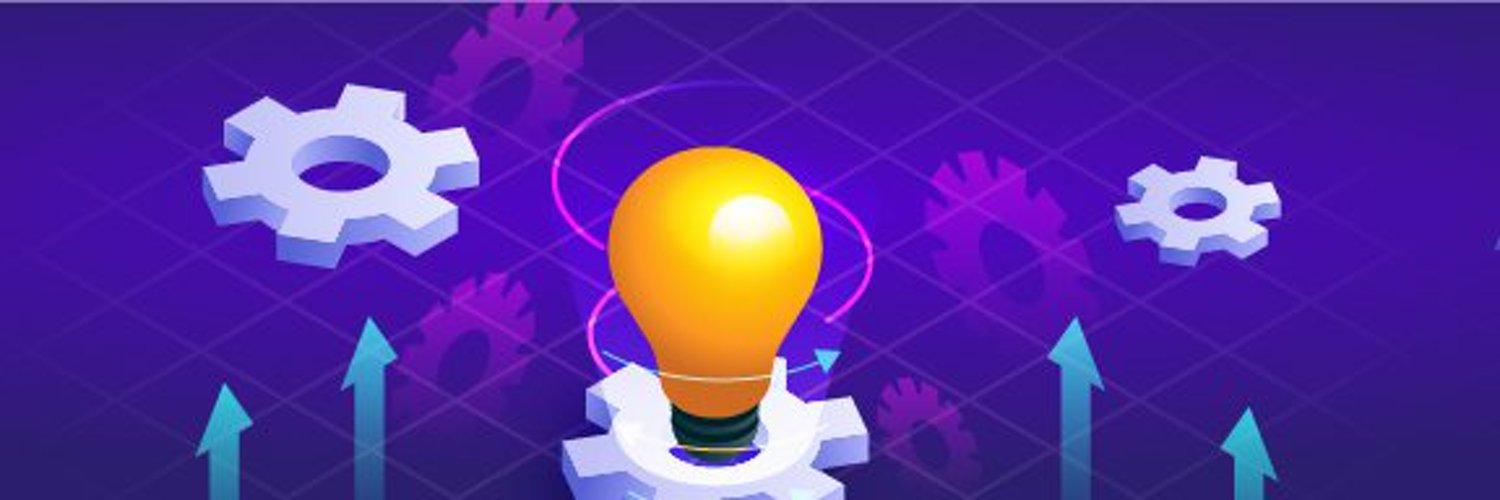


Just Total Tech is specially designed for tech buffs interested in reading about the latest trends on modern technologies like AI, ML, Big Data, and so on.
196 Les gens qui ont lié ça
0 Articles
0 Photos
0 Vidéos



